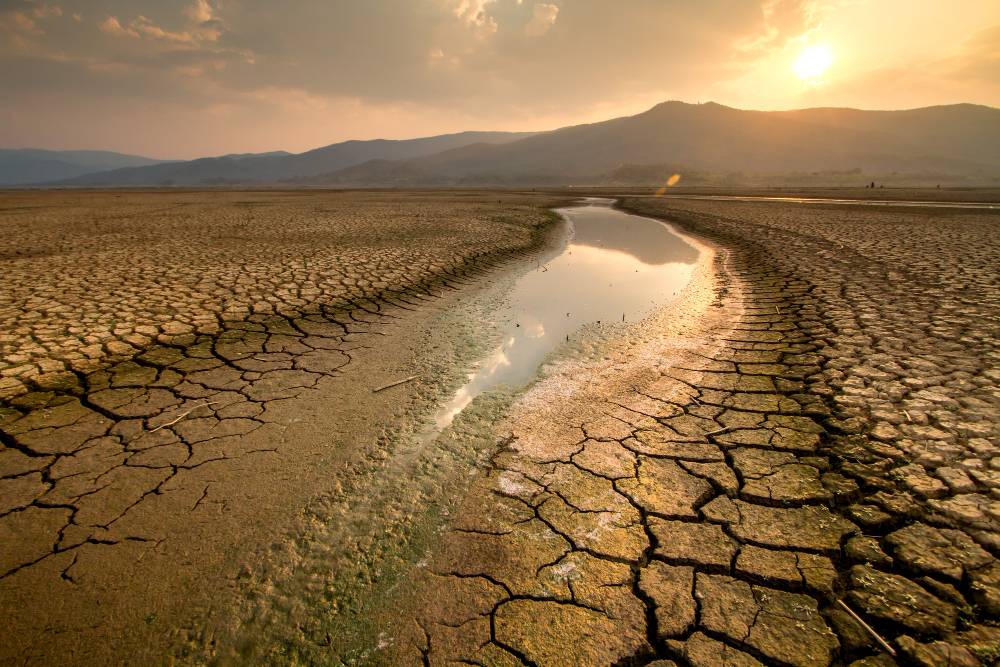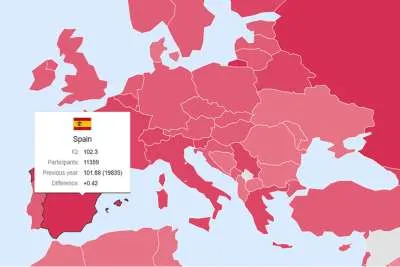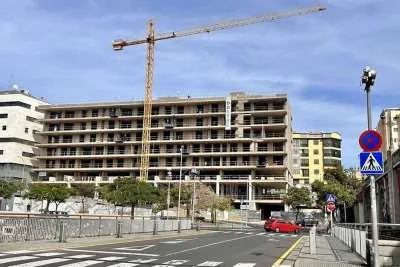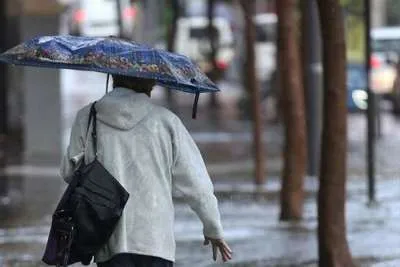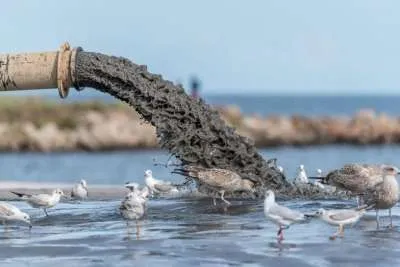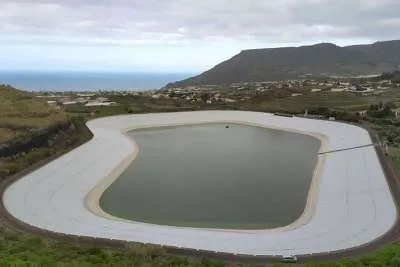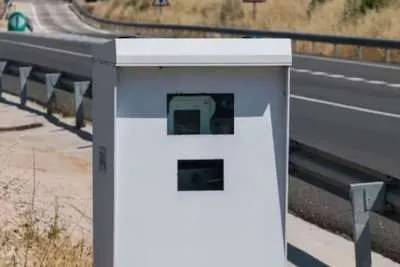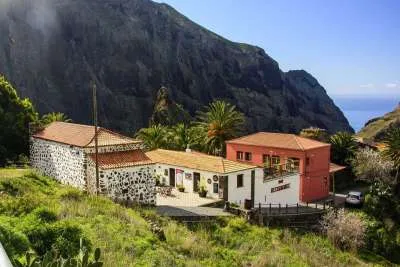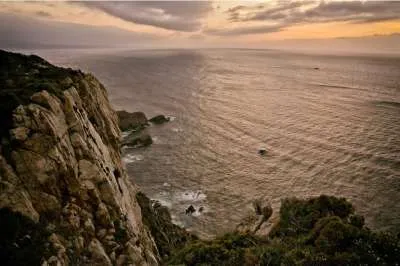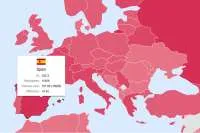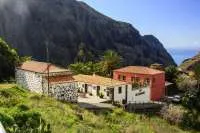Tenerife Cabildo extends declaration for water emergency due to ongoing drought
- 25-02-2025
- Tenerife
- Tenerife Cabildo
- Photo Credit: Sample image
The Tenerife Cabildo wants to extend the Water Emergency Declaration (DEH) for a further eight months, until the end of October this year. The proposal was discussed yesterday, Monday 24th February, by the Drought Committee, which convened to assess the island’s situation ahead of the current DEH extension’s expiry at the end of February.
It will be signed off at the meeting of the General Board of the Tenerife Island Water Council on Thursday (27th February).
Blanca Pérez, the island’s councillor for the Natural Environment and Sustainability, explained that after reviewing technical reports, the committee recommended extending the emergency status to address the ongoing crisis.
"The reports indicate that rainfall remains insufficient, aquifers have further declined, and continued investment in water supply measures remains essential," she stated.
The Water Emergency Declaration was initially issued on 29th May 2024 for six months and later extended by three months, conditional on the possibility of significant precipitation alleviating the crisis. However, such rainfall has not materialised.
Pérez highlighted that 75 measures have already been implemented to ensure water supplies and mitigate the drought, with an expected daily output of 50,000 cubic metres in the coming months, almost tripling the production since the emergency was declared in May 2024.
Nevertheless, poor weather conditions, a dry winter, increased water consumption for both household and agricultural use, and further depletion of aquifers have compounded the crisis.
The Tenerife Island Water Council is already considering additional measures beyond those included in the current Water Emergency Declaration. "We are finalising key infrastructure projects that will increase water availability, but further planning and investment are required to resolve this situation," Pérez added.
Water Supply Improvements
Since the DEH was enacted, water contributions to the system have increased from 15,827 cubic metres per day in November 2024 to a projected 50,000 cubic metres per day in the coming months. This has largely been made possible through the operation of the Seawater Desalination Plant (EDAM) at the Güímar Industrial Estate (1,700 m³), the EDAM at Funche (2,000 m³), and the Era Verde Well (180 m³).
Discussions during the meeting also addressed the progress of key infrastructure projects, including the Metropolitan EDAM, which will provide 2,100 m³ per day and is expected to be operational by April. Additionally, the expansion of the Buenos Aires facility is underway, and the enlargement of the Adeje-Arona EDAM, expected to deliver 5,000 m³ per day, is set for completion in May.
Funding and Subsidies
The Tenerife Island Water Council has allocated funding to support municipalities and improve water management. A total of €4.6 million has been granted to 12 municipalities with populations under 20,000 to reduce water losses in their supply networks.
A further €5.8 million has been allocated to municipalities including La Laguna, Tegueste, Candelaria, Arafo, Güímar, San Miguel, Guía de Isora, and Puerto de la Cruz to facilitate residential connections to the sewer system.
The council has also approved funding for critical projects, such as installing a portable desalination plant in Mesa del Mar (Tacoronte) and providing financial support to San Miguel’s municipal government to improve water distribution to higher-altitude areas.
The Drought Committee
The Drought Committee comprises representatives from local councils, public service management companies, concession-holders, agricultural organisations, business and labour unions, the Canary Islands government, and the Tenerife Cabildo.
Additionally, representatives from Tenerife’s main hydraulic regions—including Las Cañadas del Teide, Noroeste, Valle de La Orotava, Noreste, Anaga, the metropolitan area, Valle de Güímar, Sureste, and Suroeste—participate, alongside managers from the public company Balsas de Tenerife (Balten) and the Tenerife Island Water Council.
With no relief in sight, authorities are pushing forward with efforts to secure the island’s water supply and mitigate the impact of prolonged drought conditions.


